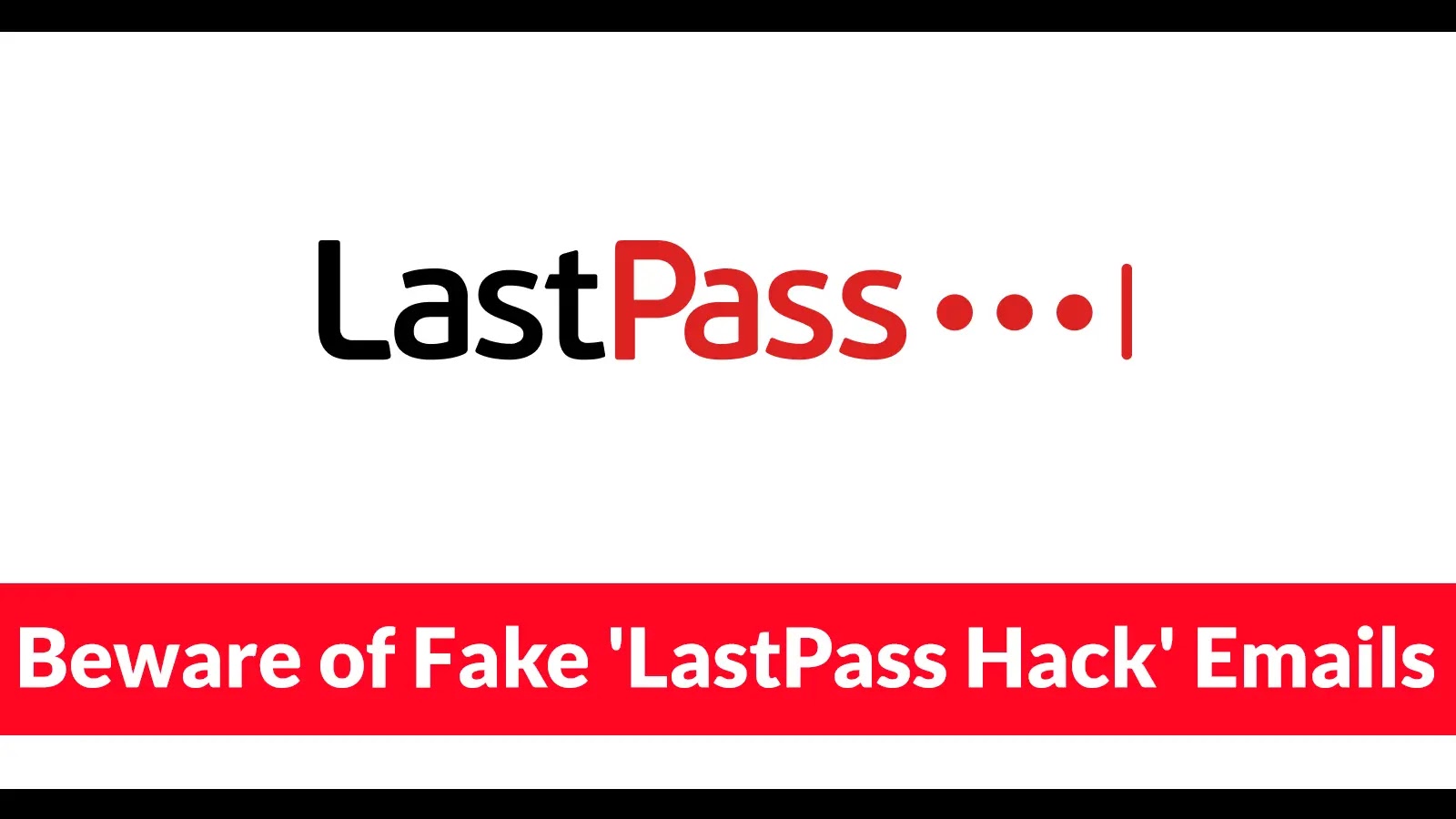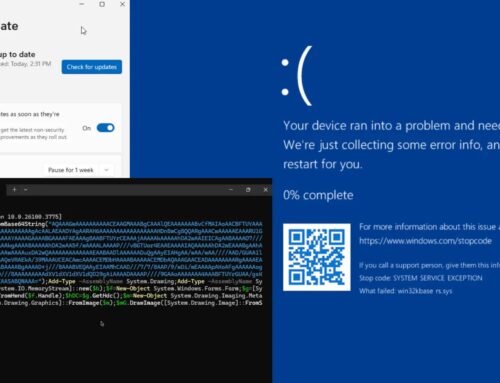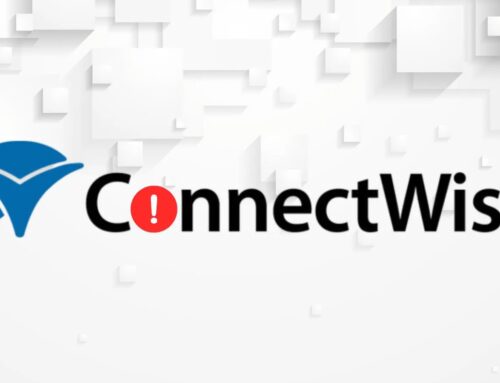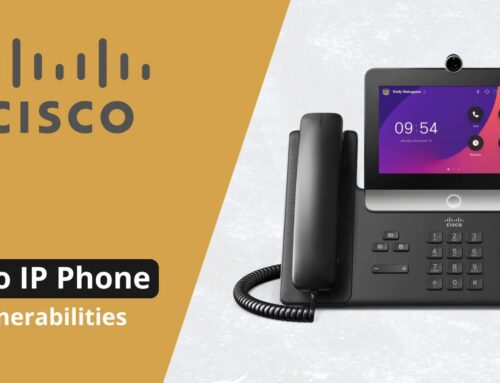
Beware of Fake ‘LastPass Hack’ Emails Trying to Trick Users Into Installing Malware
The digital landscape is a perpetual battleground, and even the most vigilant users can fall victim to sophisticated attacks. One of the most insidious threats involves exploiting trust in established brands to deliver malware. Cybersecurity professionals are currently raising serious alarms regarding a new wave of highly deceptive phishing emails. These messages masquerade as urgent breach notifications from LastPass, a widely used password manager, attempting to trick recipients into installing malicious software.
This report delves into the specifics of this “LastPass hack” email scam, details its modus operandi, and provides critical guidance for individuals and organizations to protect themselves against such targeted threats.
Understanding the LastPass Phishing Campaign
Cybersecurity News has highlighted a significant phishing campaign leveraging the reputation of LastPass. Attackers are crafting convincing emails that inform users of an alleged compromise of their LastPass accounts. The core deceit lies in the urgency and the proposed solution: recipients are instructed to download a “security patch” to regain access or secure their accounts.
However, this so-called “patch” is anything but. The downloadable file is a sophisticated malware loader. Its primary objective is to harvest credentials and then subsequently deploy additional malicious payloads onto the compromised system. This tactic is a classic example of social engineering combined with malware delivery, designed to exploit user concern and a desire for immediate remediation.
Anatomy of the Attack
The success of this campaign hinges on several key elements:
- Brand Impersonation: The emails are meticulously crafted to appear legitimate, often mimicking LastPass branding, logos, and communication styles. This builds a false sense of trust.
- Urgency and Fear: The subject lines and body copy are designed to create a sense of immediate danger and urgency, prompting users to act without critical thought. Phrases like “urgent account compromise” are common.
- Malicious Payload: The downloadable file is not a security tool. Instead, it is a malware loader, a program designed to fetch and execute other malicious software from a remote server. This approach allows attackers flexibility to deploy various types of malware, from keyloggers to ransomware.
- Credential Harvesting: A primary goal of such malware is often to steal login credentials for various services, not just LastPass. Once a system is infected, attackers can seek out browser-saved passwords, banking information, and other sensitive data.
Remediation Actions and Prevention Strategies
Protecting against these sophisticated phishing attempts requires a multi-layered approach involving technical controls, user education, and diligent practices. While there isn’t a specific CVE for this phishing campaign itself, the threats it deploys often exploit common vulnerabilities.
- Verify Sender Identity: Always scrutinize the sender’s email address. Look for subtle misspellings or unusual domains. Never trust the display name alone.
- Avoid Clicking Links/Downloads: Do not click on links or download attachments from suspicious emails. If you believe your LastPass account (or any other service) might be compromised, navigate directly to the official website by typing the URL into your browser.
- Enable Multi-Factor Authentication (MFA): MFA adds a critical layer of security. Even if an attacker obtains your password, they would still need access to your second authentication factor (e.g., a code from an authenticator app or a security key).
- Educate Users: Regular cybersecurity awareness training is paramount. Educate employees and users about the dangers of phishing, social engineering, and how to identify suspicious emails.
- Antivirus/Endpoint Detection and Response (EDR): Ensure all systems are equipped with robust antivirus software or EDR solutions that are kept up-to-date. These tools can help detect and block known malware.
- Email Filtering: Implement strong email filtering solutions to identify and quarantine known phishing emails before they reach user inboxes.
- Regular Backups: Maintain regular, secure backups of critical data. In the event of a successful malware attack (like ransomware), backups can be invaluable for recovery.
- Review Account Activity: Periodically review your login history and activity logs for all critical online accounts, including LastPass, to spot any unauthorized access.
Recommended Security Tools
Implementing effective security tools is crucial for mitigating the risks associated with malware delivery via phishing.
| Tool Name | Purpose | Link |
|---|---|---|
| Avanan (Check Point) | Advanced Email Security, Phishing Detection | https://www.avanan.com/ |
| Proofpoint Essentials | Email Protection & Archiving for SMBs | https://www.proofpoint.com/us/products/email-protection |
| Microsoft Defender for Endpoint | Endpoint Detection & Response (EDR), Antivirus | https://www.microsoft.com/en-us/security/business/endpoint-security/microsoft-defender-endpoint |
| CrowdStrike Falcon Insight | Cloud-native EDR, Threat Intelligence | https://www.crowdstrike.com/products/endpoint-security/falcon-insight-edr/ |
Conclusion
The rising prevalence of fake LastPass breach notifications underscores the sophisticated and persistent nature of modern cyber threats. Attackers continuously refine their social engineering tactics, leveraging brand reputation and psychological manipulation to achieve their objectives. Remaining vigilant, adhering to robust security practices, and fostering a culture of cybersecurity awareness are indispensable defenses against these evolving dangers. Always verify suspicious communications through official channels, never act under duress from an unexpected email, and prioritize multi-factor authentication across all critical accounts.





